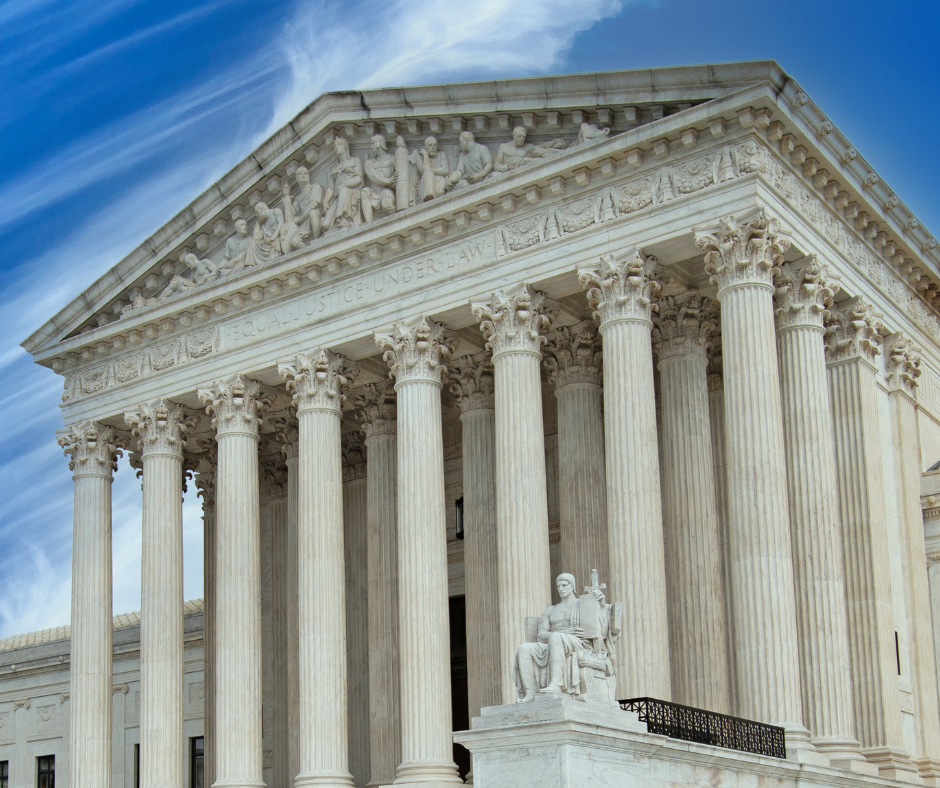On June 29, the Supreme Court ruled against affirmative action programs at Harvard and University of North Carolina, bringing an end to the systematic consideration of race in the admissions process nationwide. In both cases, the court ruled that the programs violated the Equal Protection Clause of the Constitution. In the UNC case, the vote was 6 to 3, while the Harvard case was 6 to 2, with Justice Ketanji Brown being recused.
These cases overturn the 2003 ruling in Grutter v. Bollinger, where the court ruled that race could be considered as a factor in the admissions process in order to maintain a diverse campus. Justice Clarence Thomas stated that the Grutter case was “for all intents and purposes, overruled.”
Affirmative Action aimed to provide equal opportunities for all students in college admissions, acknowledging that individuals from various backgrounds, including people of color, have faced unique challenges. In the United States, there are disparities within the education system, where students from low-income backgrounds and certain communities face obstacles that their peers from affluent neighborhoods and white students may not encounter. These challenges impact students’ access to quality education and opportunities during their K-12 years.
When college admission boards look only at a student’s statistics, they omit the real world issues that directly affect grade point averages, test scores, and other aspects of school. In 2022, only 14 states required schools to offer advanced course work, classes selective colleges look for on a student’s resume. However, simply taking the class is not sufficient for college admissions. For those who attended a school with advanced placement (AP) courses, they must pay 97 dollars per exam.
The Court’s decision will likely impact women of color the most. Women tend to outnumber men in higher education institutions, with 60 percent of enrollees nationwide in 2021. Black women and Latinas are more likely to earn a bachelor’s degree, master’s degree, or doctoral degree than men in the same racial and ethnic populations. However, multiple studies have found racial athletic stereotypes within athletic recruiting programs. These stereotypes are likely to lead to more minority men being admitted to universities and receiving financial aid, further disenfranchising minority women in academic settings.
Diversity on campuses will likely be led by higher rates of exchange students with the end of Affirmative Action. This is due to the lack of funding opportunities for foreign students, resulting in lower costs for the universities.
The Supreme Court’s decision can be traced back to Conservative administrations that put hate and bigotry above equality in this country, with former President Trump having appointed three conservative justices to the court during his four years of office. Today’s decision is a harsh reminder that, in the fight for equality, conservatives remain on the side of inequality. During the 2024 presidential election, we must remember this day and the impacts a Republican president could have on the lives of minority populations in the United States. Join Rideshare2Vote as we continue in the fight by increasing voter turnout for infrequent and disenfranchised voters to elect Progressives up and down the ballot.
by Delany Doggett

